Some people sew on a sewing machine once every few years, while others create incredible things every day. The choice of model depends on specific needs, skill level and other details, even on what fabric will be used. How can a beginner avoid making a mistake in choosing a model?
- Types of sewing machines and their design
- How a sewing machine sews
- What criteria should you use to choose a sewing machine for your home?
- Tips for craftswomen on choosing a sewing machine for home use
- A line that doesn't tighten
- Maximum stitch length
- What sewing operations are really needed for work
- Which machine is better to choose: computer or electromechanical
- How to choose a sewing machine with an overlock function
- What type of lower threading should I choose for my sewing machine?
- What is the difference between a household sewing machine and an industrial one?
- Which sewing machine brand to choose for beginners
- Where to buy a sewing machine
- Five Common Mistakes When Choosing a Sewing Machine
- Rating of the best sewing machines
- Singer Stylist 7258 Features
- Brothers Innov-is NV1800Q Features
- Janome 2212 Features
- Singer Heavy Duty 4432
- Bernina Bernette B33
- Brother M-14
- AstraLux M20
- TOYOTA Super Jeans 34
- How to learn to sew from scratch
- How to sew on an old-style sewing machine
Types of sewing machines and their design
It is believed that the first sewing machine appeared in the middle of the 18th century: they completely copied the manual sewing method. Gradually, the machines became more complex and improved: at the beginning of the 19th century, a needle with an eye near the sharp end appeared, 30 years later, a shuttle stitch was developed, allowing 300 stitches per minute.
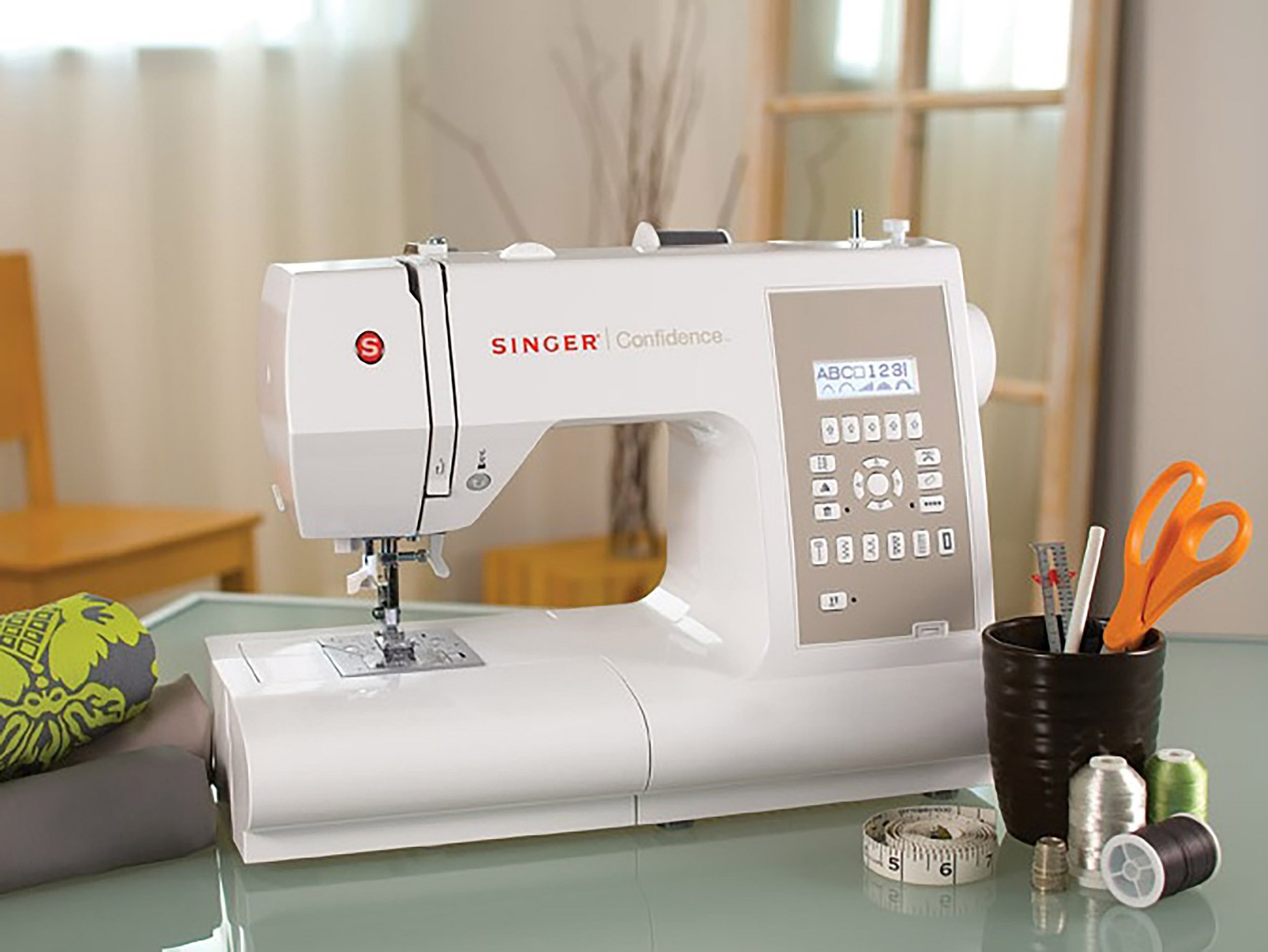
Modern sewing machines are divided into several types. According to the type of control, they can be as follows:
- Mechanical: the machine works by hand or foot drive by the seamstress. The design of such models is similar to the machines of the 19th century. Almost all of them sew only on a straight line, some also "zigzag", but nothing more. The advantages of such models include their "indestructibility" (you can still work on machines of the 19th century), the disadvantages are extremely limited functionality and the need for settings for each type of fabric;
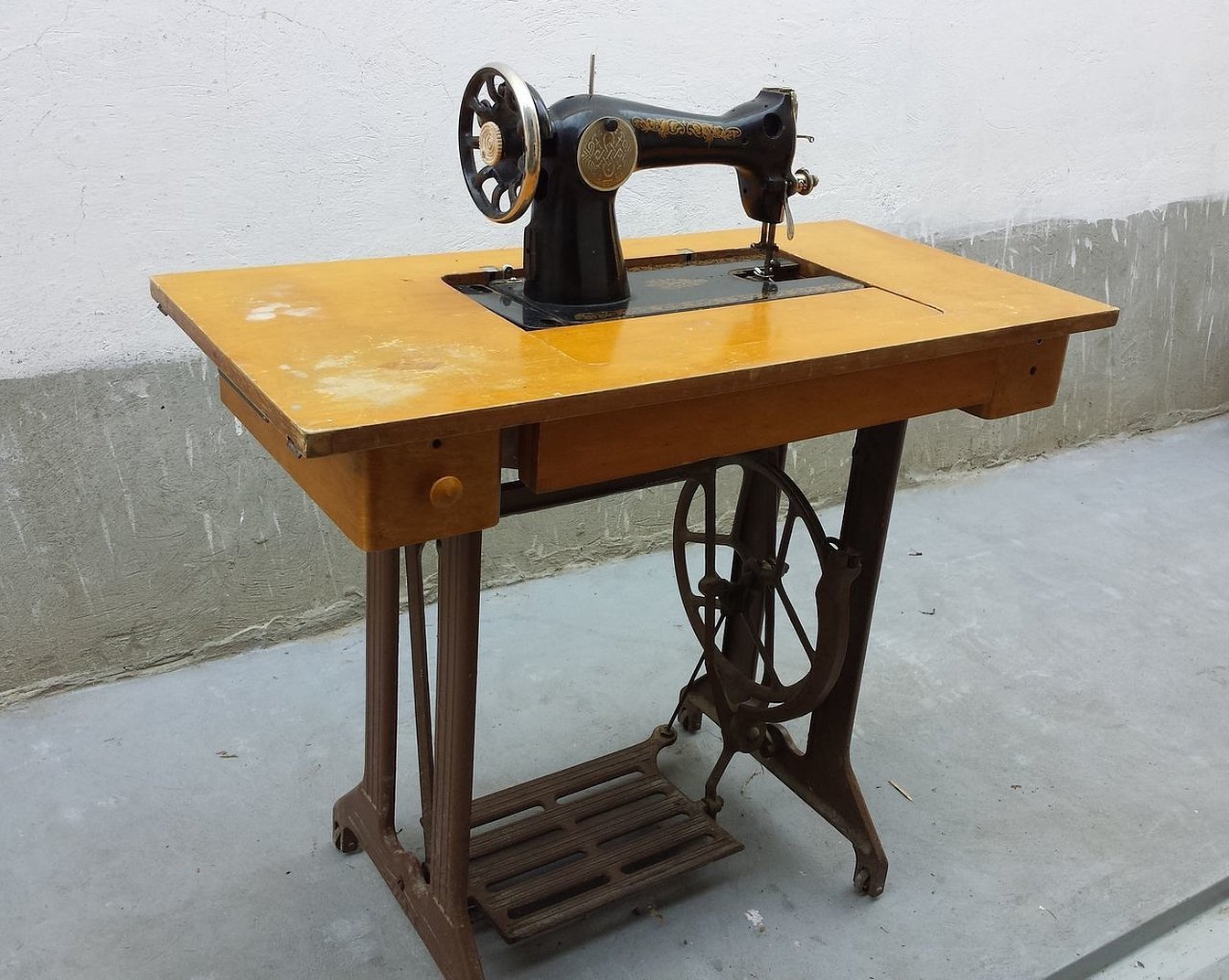
- Electromechanical: to operate, you need to press a pedal connected to the power supply. These models have a wide variety of seams and settings, you can sew buttons, hidden zippers, make loops;
- Computer-controlled: these are real small factories, the capabilities of which are calculated in tens (sometimes hundreds) of operations. The sewing machine is connected to a small computer, which is not only programmed to perform the action, but can also help with the choice of fabric, the puncture force and other settings. The price of such models is several times higher than that of electromechanical ones.
Machines are also divided according to other parameters:
- By purpose: machines can be universal (capable of performing various operations) or specialized (for example, the Versailles shoe machine). The former take up less space, the latter allow you to perform specific actions more professionally;
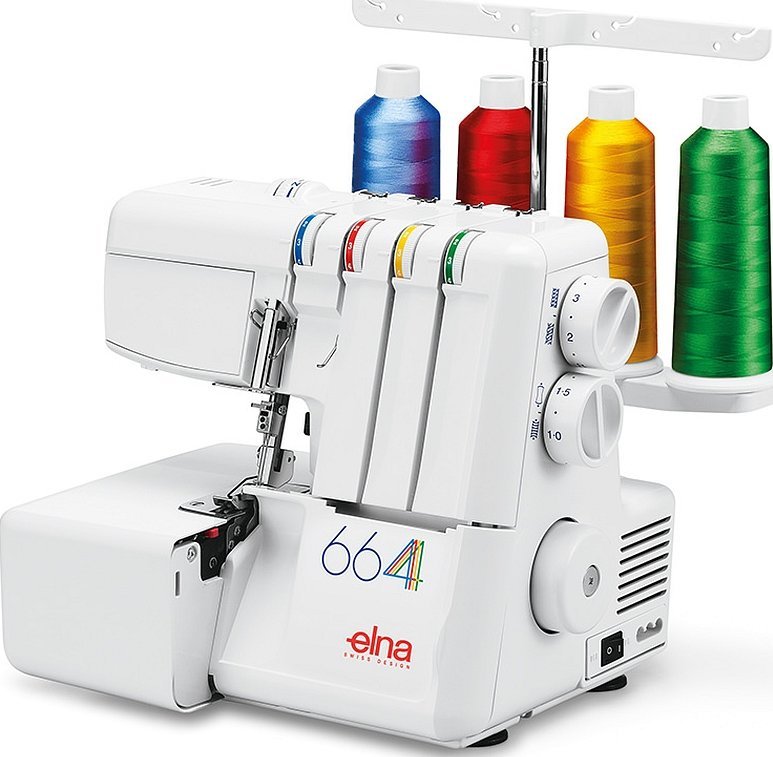
- By specialization: they can sew, overcast edges (overlock), knit (knitting), embroider (embroidery);
- By the type of thread weaving - shuttle and chain. According to statistics, about 3/4 of the work is done in the shuttle technique, 1/4 - in the chain;
- By the number of needles: with 1, 2, 3 or more needles. The needles themselves are also divided into several types - for jeans, leather, velvet, stretch and other fabrics;
- By degree of automation: automated and non-automated, automatic and semi-automatic.
Machines also differ in other parameters: operating speed, location of the sewing head, platform, etc.
How a sewing machine sews
How does the machine sew? The principle of its operation is simple:
- The needle with the upper thread pierces the fabric, the thread ends up near the lower thread wound on the bobbin;
- The shuttle mechanism grabs the top thread, pulls it out and wraps it around the bottom thread. The needle moves up, both threads are grabbed and pulled together, creating a loop;
- The fabric moves forward, the needle pierces a new place.
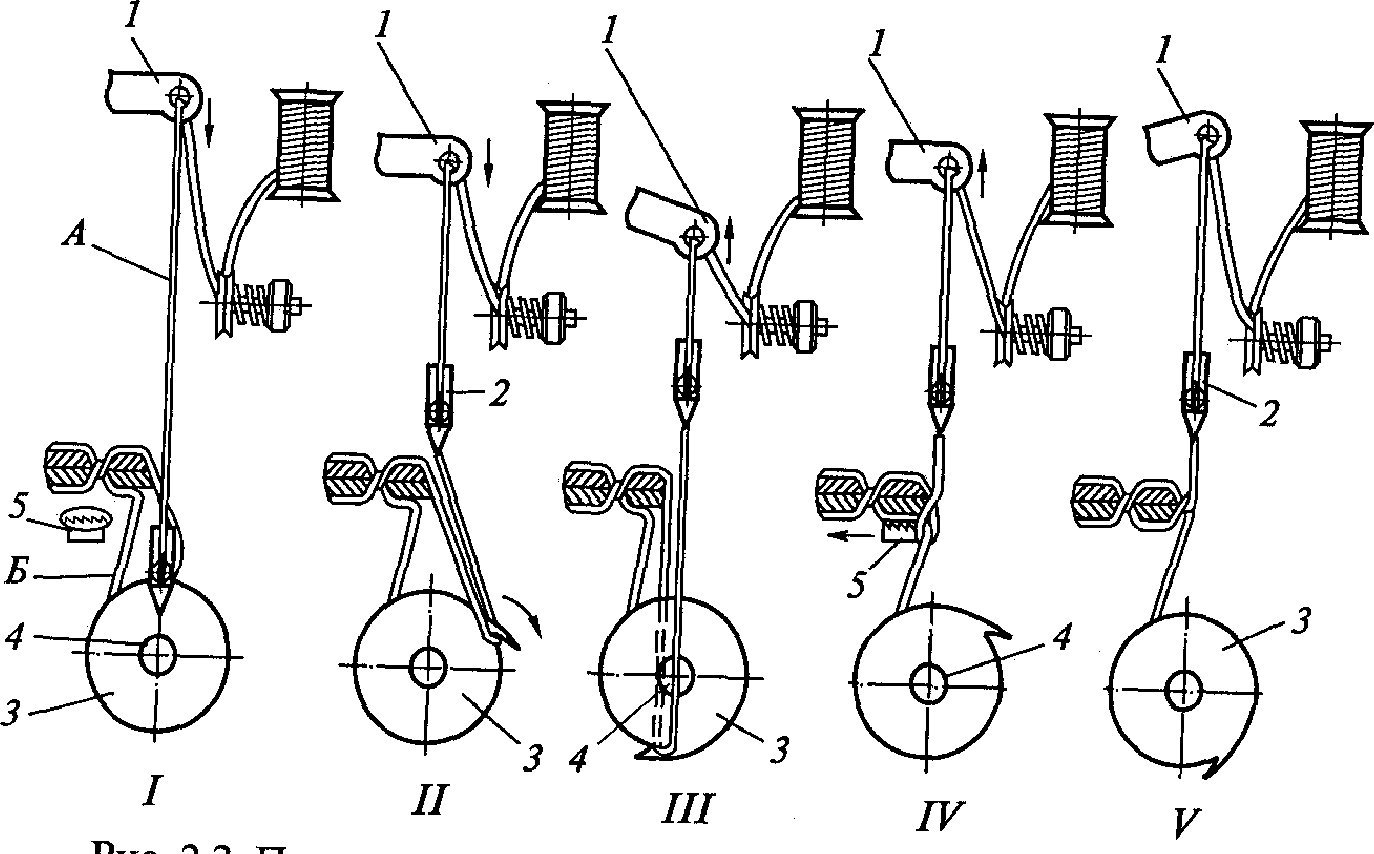
What criteria should you use to choose a sewing machine for your home?
When choosing a sewing machine for home use, you should pay attention to the following parameters:
- Power: the more powerful the machine, the thicker the fabric it can pierce;
- Number and types of lines: selected individually depending on the purpose of the work;
- Number and types of feet: it is better to choose a machine equipped with the maximum number of devices. This will have little effect on the price, but will allow you not to look for suitable feet later if necessary;
- Material: cheap models often have plastic insides that cannot withstand a large amount of work;
- Manufacturer: it is worth choosing a well-known and proven company, even if its products are more expensive. Usually their products are of higher quality than those of an unknown company, they have a well-established network of service points, and there are no problems with the availability of spare parts;

When buying a little-known brand, it is worth finding out in advance what parts and components are suitable for it, so that if necessary, you can quickly find a replacement.
- Shuttle type: The vertical shuttle is noisier and it is also difficult to see the number of remaining threads.
Tips for craftswomen on choosing a sewing machine for home use
When choosing a machine, the most important thing is the convenience of working with it. It is worth trying to work with the equipment a little while in the store to understand this.
The second important point is the number and type of work. If the device needs to be sewn several times a year to hem curtains and trousers, it is better to choose an inexpensive model with a minimum number of functions, but with higher-quality "insides". If necessary, even on the simplest model you can sew a simple dress, skirt or doll.
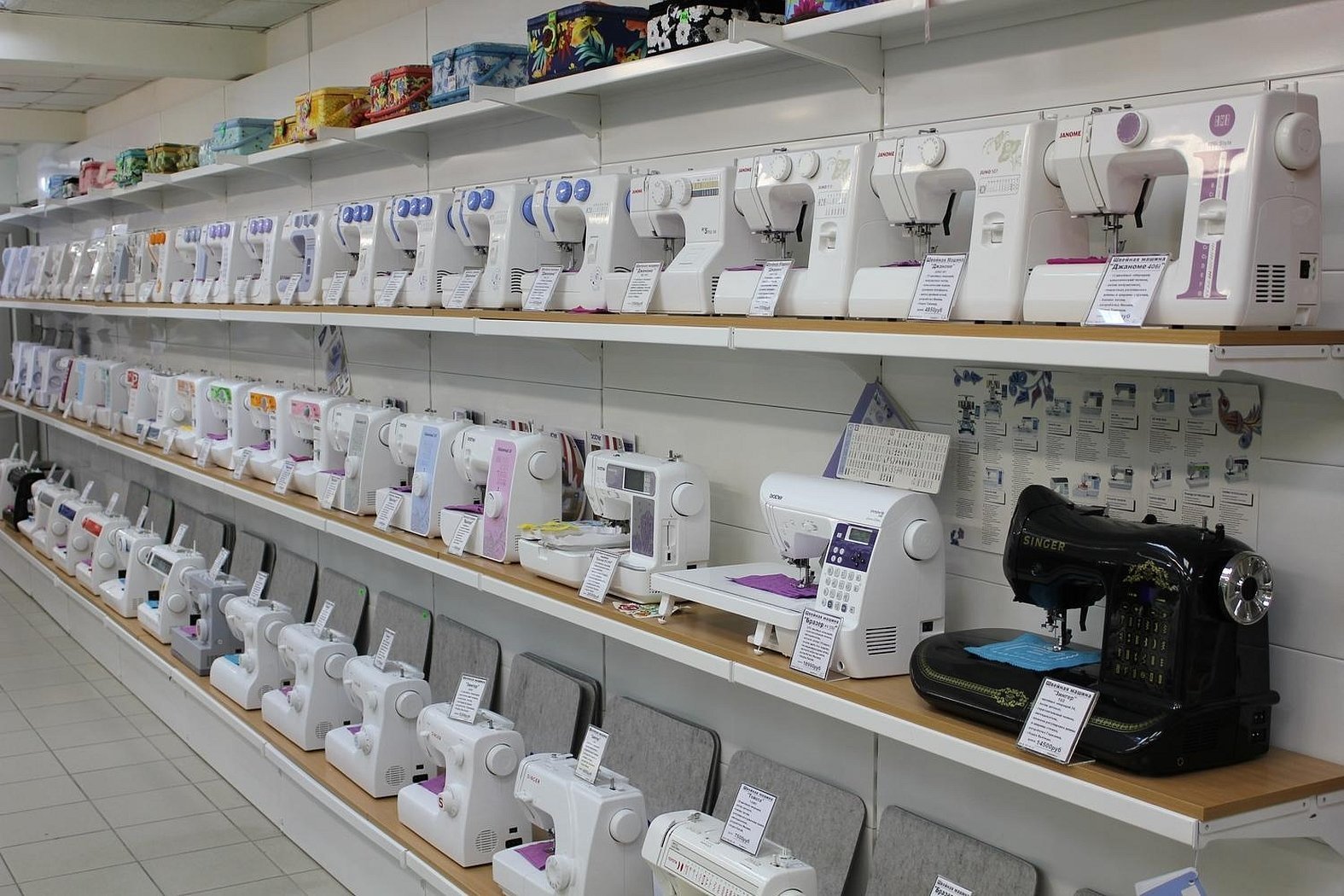
A line that doesn't tighten
This is another important parameter when choosing. The machine should not pull the line, skip it or make uneven stitches. When buying, you need to bring with you several pieces of different fabric: light (silk, chiffon), elastic (jersey), medium (cotton, linen), heavy (leather, coat).
Maximum stitch length
All machines have a line length regulator. Experts advise choosing models with a maximum line length of 5 mm.
Important! It is desirable that the width of the zigzag is also adjustable.

What sewing operations are really needed for work
It all depends on the specific job, but most often the following are needed:
- Straight stitch: it should be straight, even, with identical stitches;
- "Zigzag": used for processing fabric edges;
- Double straight stitch;
- Elastic stitch for knitwear;
- Elastic "zigzag" for sewing on elastic;
- Reinforced stitching and zigzag;
- Invisible hem stitch.
If you don’t plan to buy an overlock, you will also need an overcasting stitch.
Which machine is better to choose: computer or electromechanical
It all depends on the specific situation and the volume of planned work. It is worth remembering that a computer machine can overheat and break down, it is more capricious, but has a wider range of possibilities.

How to choose a sewing machine with an overlock function
Not so long ago, an overlock could only be made on a separate device, but today they produce models in which the functions of a sewing machine and an overlock are combined. Unfortunately, in such models, the overlock seam is not strong enough, that is, it is a type of "zigzag".
Many seamstresses advise not to buy machines with an overlock function, but to stop at the "zigzag" or use an overcasting foot. If you plan to make things for sale, it is better to buy a separate overlock.
What type of lower threading should I choose for my sewing machine?
There are 2 options for threading the lower thread:
- Horizontal: more functional, such models can perform more stitches;
- Vertical: less likely to break or fail, better suited for sewing thick fabrics.
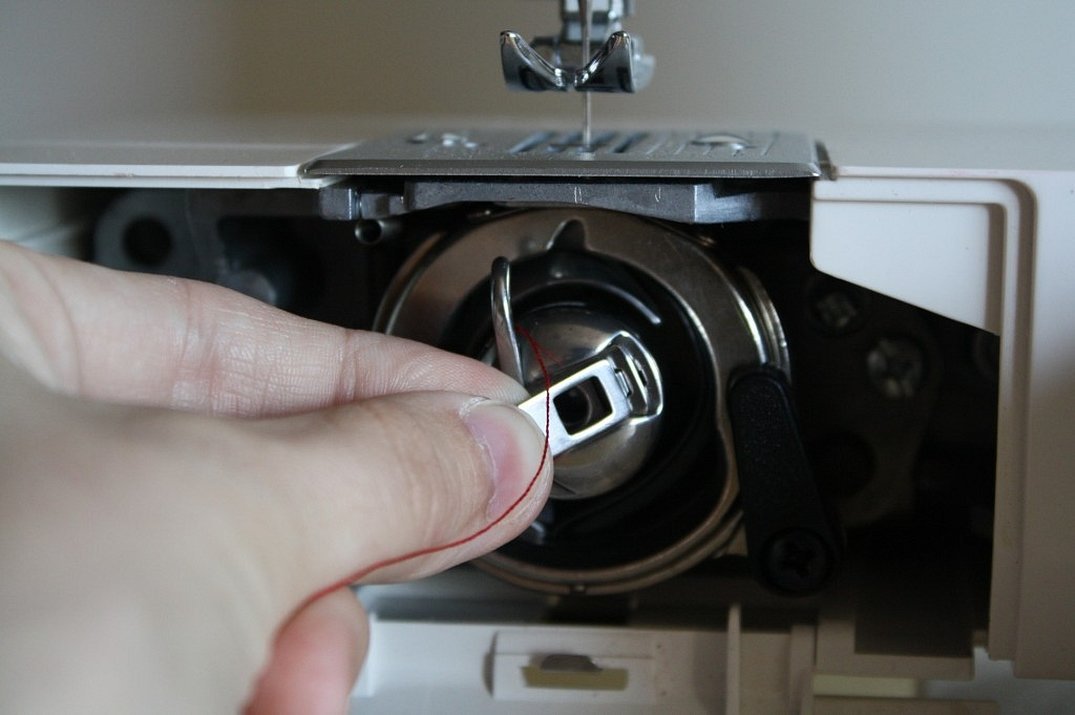
What is the difference between a household sewing machine and an industrial one?
The household model is designed for home sewing, the industrial one is for large-volume production. The first one is cheaper, easier to operate and is not designed for large volumes: you can work on it continuously for up to 2-3 hours. Industrial models work about 10 times faster and can sew for 8-12 hours without a break.
Which sewing machine brand to choose for beginners
Among all the sewing machine manufacturers, many seamstresses note the following:
- Janome: the best value for money;
- Jaguar: Another great option for beginners;
- Pfaff and Husqvarna: quite expensive, but high-quality machines. Repair of such equipment will not be cheap;
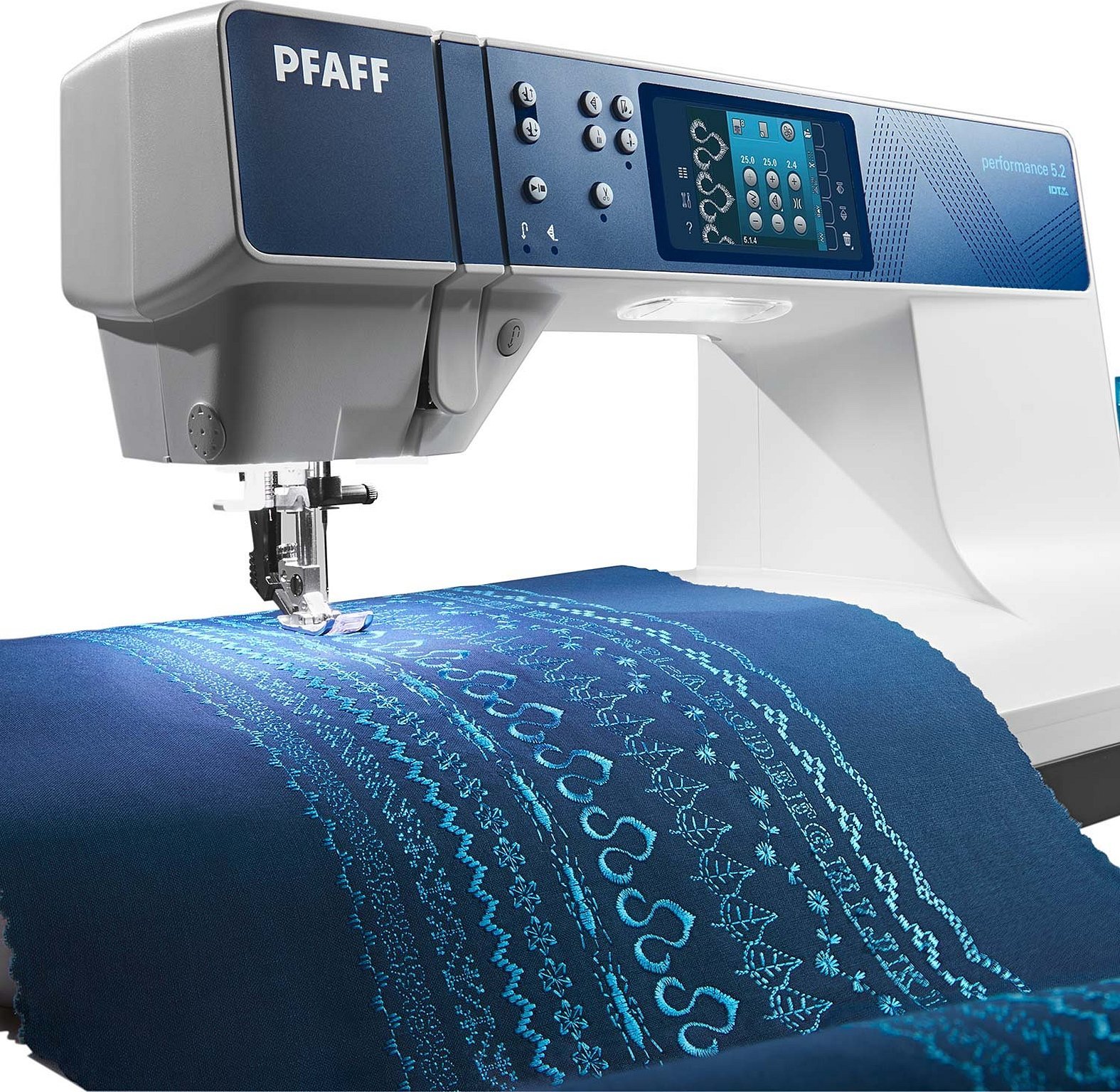
- Astralux: users note that the machine does not work well with thin fabrics and is quite slow;
- Brother: poor quality seams and problems with the pedal are noted.
Where to buy a sewing machine
It is best to buy equipment in specialized sewing stores, where consultants will be able to recommend the best model. The second option is the Internet, where you can compare parameters and read reviews. If the budget is modest, you can buy a used device, but then it is better to check it before buying.
Five Common Mistakes When Choosing a Sewing Machine
When choosing a sewing machine, many novice seamstresses make some mistakes:
- An expensive machine is not needed. On the one hand, equipment with electronic "stuffing" and a huge number of operations, most of which will not be required, is really not needed if it is used to hem curtains once a year. But high-quality equipment will not be cheap: you need a fairly powerful motor, an optimal set of functions and a metal frame;
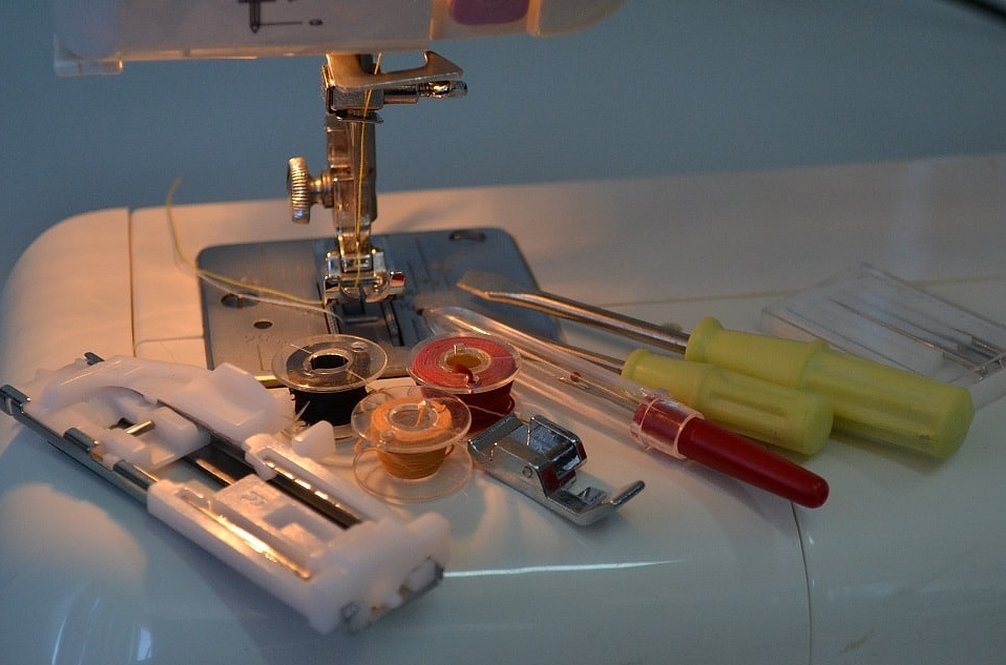
- Chinese assembly is of poor quality. It all depends on the context: an unknown cheap Chinese machine can really break after the second line. If the equipment is assembled in China under the control of a well-known company, the quality will be high;
- It is better to choose a horizontal shuttle. It has many advantages and only 2 disadvantages, but quite important ones: a horizontal shuttle is fragile and quickly becomes unusable with frequent sewing, and repairs are quite expensive;
- The more functions, the better. Multifunctional models are usually of lower quality and more expensive, while most of the functions may never be needed. For home use, only 3 lines are needed: straight, zigzag, buttonhole overcasting;
- A light machine is more convenient. The lighter the equipment, the more plastic parts it has. During operation, rotating parts create vibration, which causes the screws to loosen. You have to call a specialist to tighten them. Metal parts simply dampen vibrations.
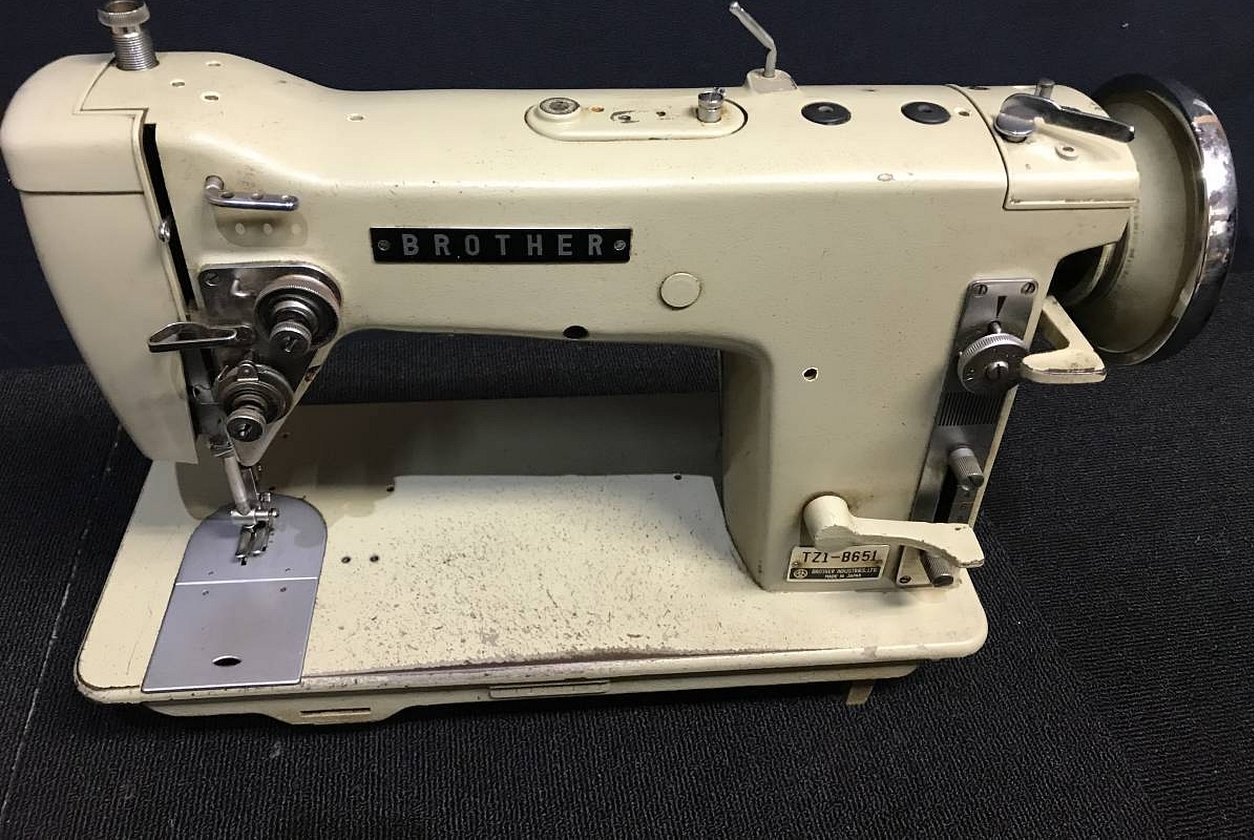
Rating of the best sewing machines
Today the market is represented by a huge number of manufacturers and models. Among them, the following models stand out in particular.
Singer Stylist 7258 Features
An electromechanical machine that is suitable for experienced and novice seamstresses. The model has many functions: sewing clothes, embroidery, sewing quilted items and home decor, 7 types of loops. The device can also control the speed, has an automatic threader and automatic bobbin winder, 7 feet.
Brothers Innov-is NV1800Q Features
It has computer control. Main functions: more than 200 types of lines and 10 types of loops, 4 functions of the foot pedal, built-in fonts, automatic threading and tension regulator. The machine can sew in a circle and do volumetric embroidery, copes with leather and has 5 paws in a set.
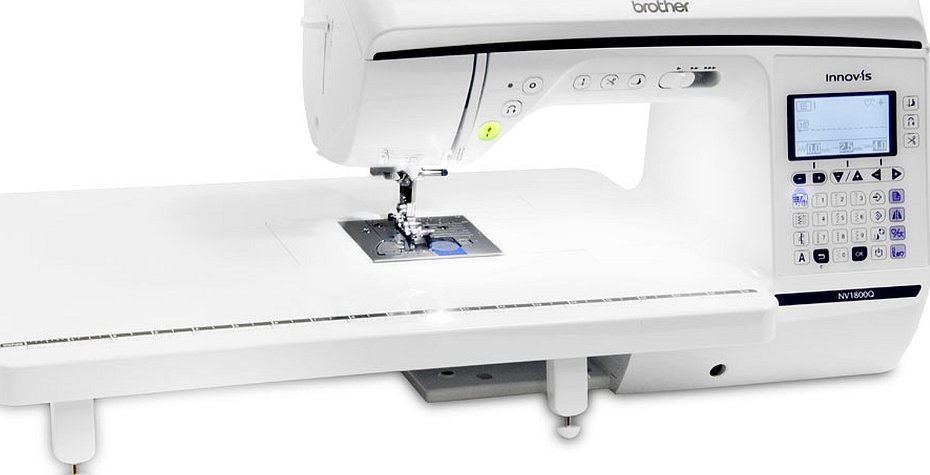
Janome 2212 Features
A small and convenient electric machine. It features a transparent foot, through which the quality of the seam is clearly visible, and even stitches.
Singer Heavy Duty 4432
Electromechanical model with horizontal shuttle. Can work with 32 operations, copes well with coarse and thick fabrics. Has a threader and additional paws.
Bernina Bernette B33
Another electromechanical model. It has a swinging shuttle, 15 types of operations and automatic loop execution.
Brother M-14
The machine offers 17 operations, semi-automatic loop execution, horizontal shuttle type and several feet.
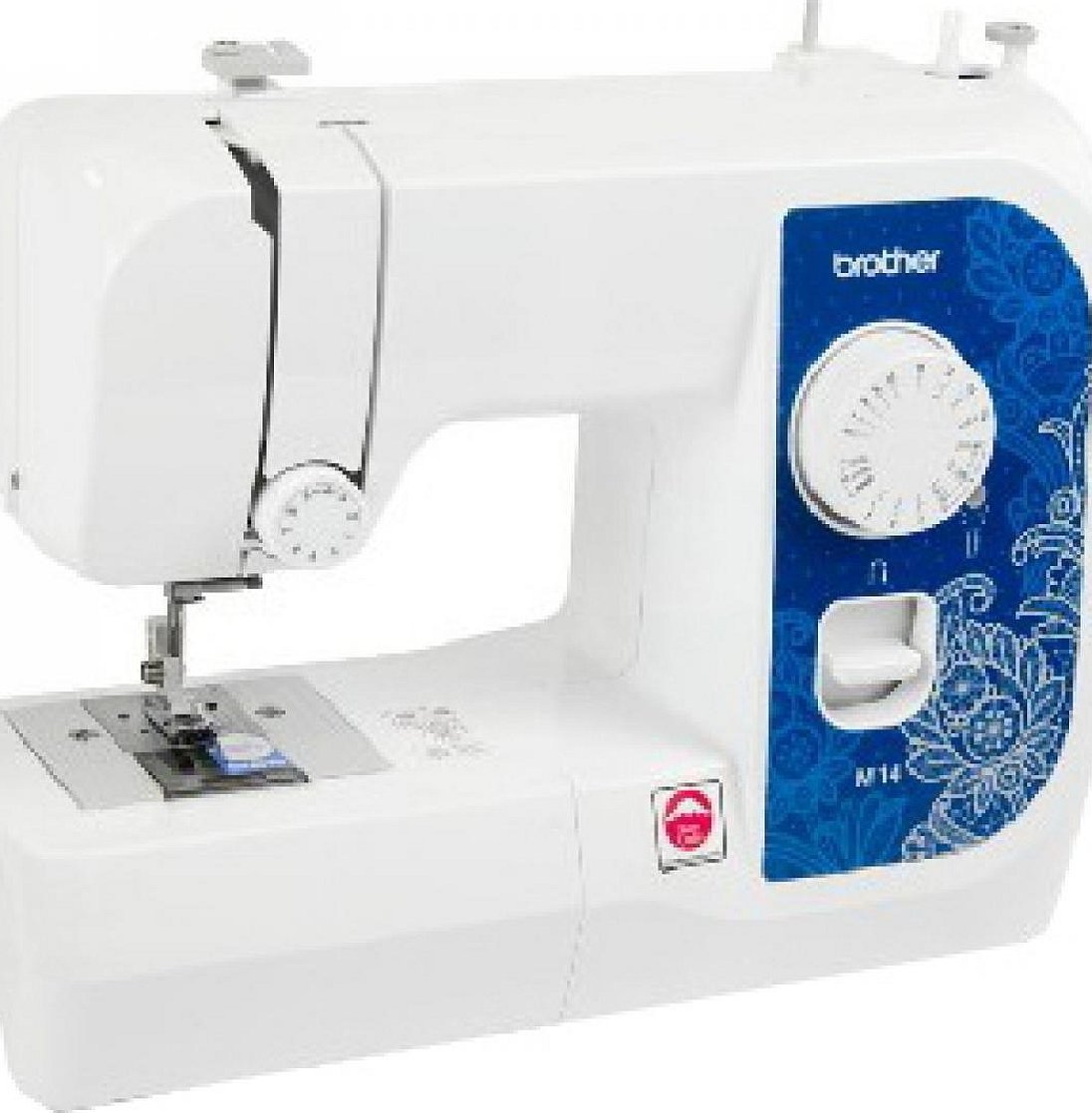
AstraLux M20
It has a swinging shuttle, electromechanical control, 10 types of operations, semi-automatic loop sewing and a set of feet, including for creating quilted items and quilting.
TOYOTA Super Jeans 34
A good sewing machine for beginners. The model offers 34 operations, semi-automatic loop execution, the "Sewing Advisor" program, which displays the current settings and recommends the best ones. It is also possible to adjust the pressure on the fabric.
How to learn to sew from scratch
As in any business, the main thing here is persistence and consistency. It is necessary to study sewing lessons and watch training videos, attend master classes or lessons for beginners. Sometimes, before you start sewing on a machine, it is worth first mastering the work by hand.
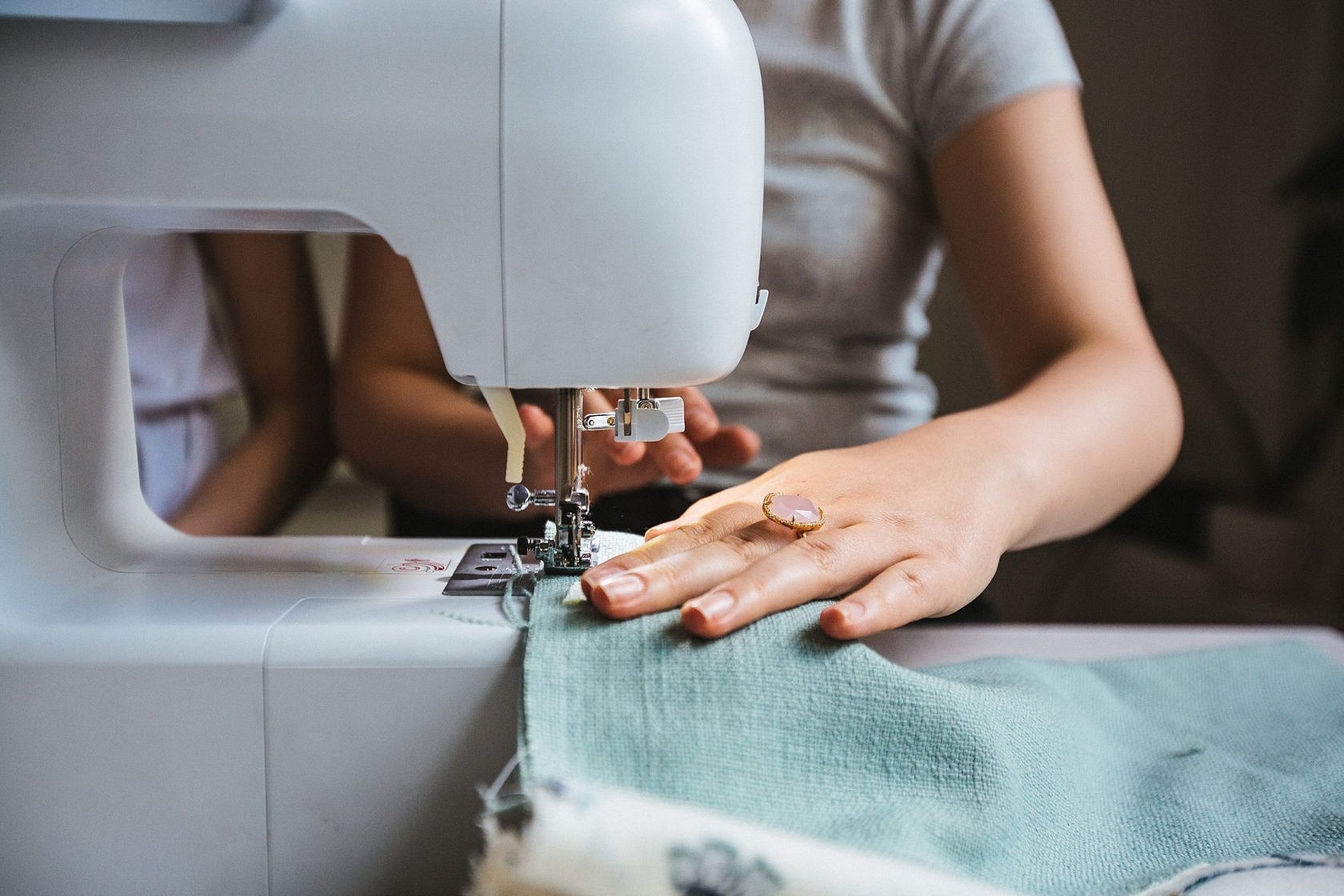
Professional seamstresses also give the following advice:
- You need to be patient: it is impossible to learn in a day;
- When learning, you shouldn’t neglect the basics; you need to start with something easy: practice seams on cotton fabric, learn how to thread a needle;
- It is important to first learn how to sew using ready-made patterns;
- Don't skimp, it's better to buy quality materials: for example, more expensive threads are stronger and more uniform than cheap ones.
How to sew on an old-style sewing machine
Many families have old-style sewing machines — Soviet Podolsks or original Singers. Despite their considerable age, many of them still work, but sewing is done differently: the device is driven by a hand or foot drive. Otherwise, there are no fundamental differences.
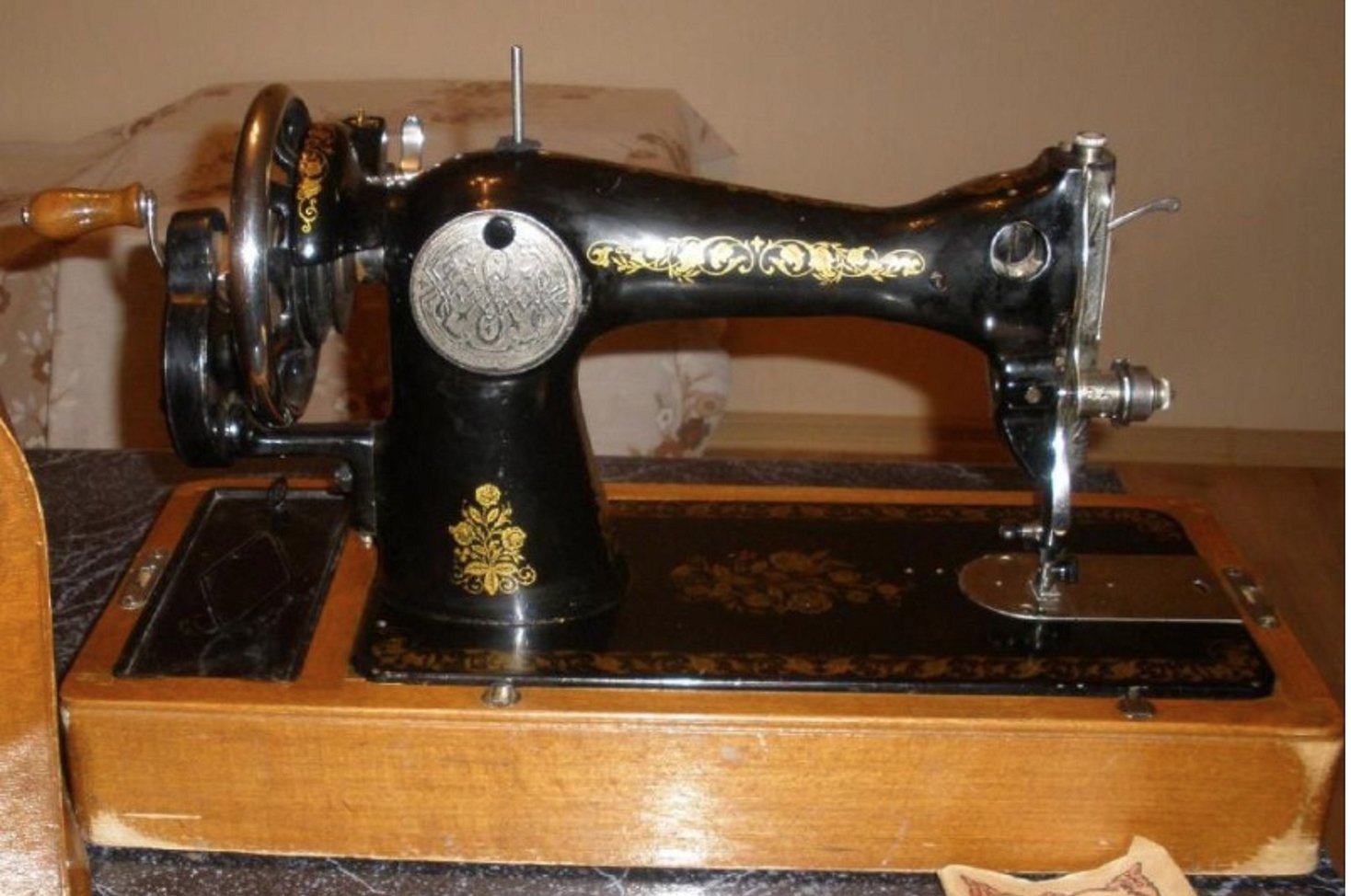
To make working with a sewing machine convenient and easy, it is worth paying special attention to the correct choice of model. Which sewing machine to choose for home? It is worth considering not only the needs (whether the machine will only shorten curtains or create complex embroidery to order), but also from the little things that are not noticeable at first glance: the number of possible lines and operations, the type of threading and even the cost of repairs.




